I’m not exactly sure why it took me so many years to finally visit the Tenement Museum, but after hearing about it on the Ahoy New York Food Tours I recently went on, I made it a goal to visit as soon as possible. Given I love history and culture through design and architecture, I was drawn to see how Jewish immigrants fresh off the boat from Eastern Europe lived back in the 1800s and early 1900s in the Lower East Side, as portrayed in Jacob Riis’ photography book “How The Other Half Lives.”
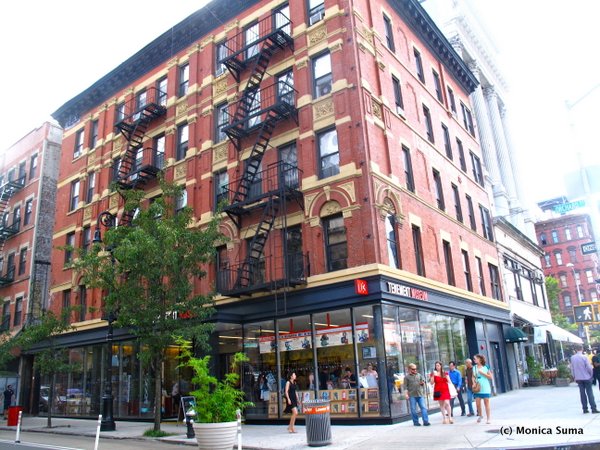
Sure, my family has never immigrated into America through Ellis Island as the majority of people I now know in the US, but I have. And so did my aunt about 40 years ago.
I know a thing or two about arduous work, living in confined spaces and working a sewing machine. Not from having lived it myself, but seeing it through my grandmother’s eyes from many decades ago. An 18 year old once living in an peaceful town close to Chisinau in former Bessarabia (now considered Republic of Moldova and a small part of Ukraine), running around a plentiful farm and a beautiful vineyard, simply enjoying life, found herself one gloomy day having to leave it all and flee. It was 1940; she grabbed her mother and left with the clothes she had on, nothing else.
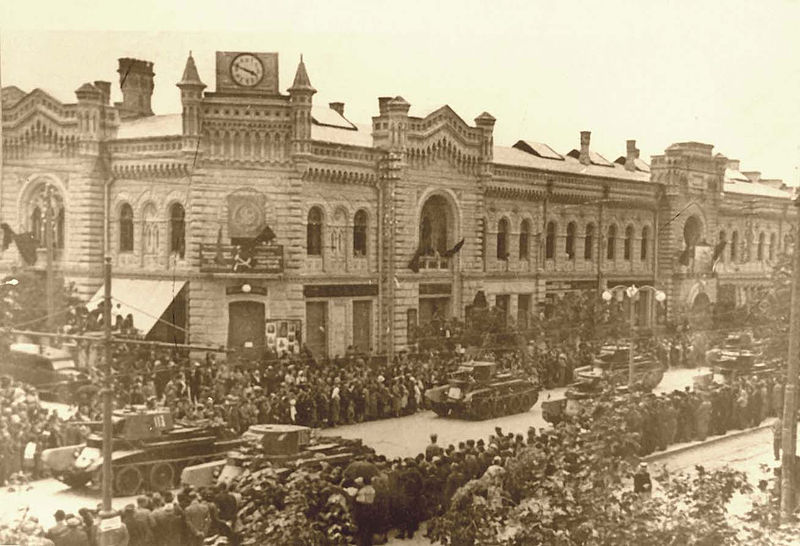
The Soviet Union had invaded Bessarabia and Northern Bukovina, taking her father – the mayor of her town – never to see him again … they boarded a train and set refuge in Romania (in which the same Romanian language was spoken), which is where she lived for the remaining 68 years of her life.
The purpose here is not to tell my grandmother’s story who unlike the residents of The Tenement Museum was not a Jewish immigrant into Ellis Island. The purpose is to draw parallels of a different Eastern European émigré – or better said – a refugee, who very much like the residents at 97 Orchard Street, lived a challenging life, often times spending the same long hours at the same sewing machine.
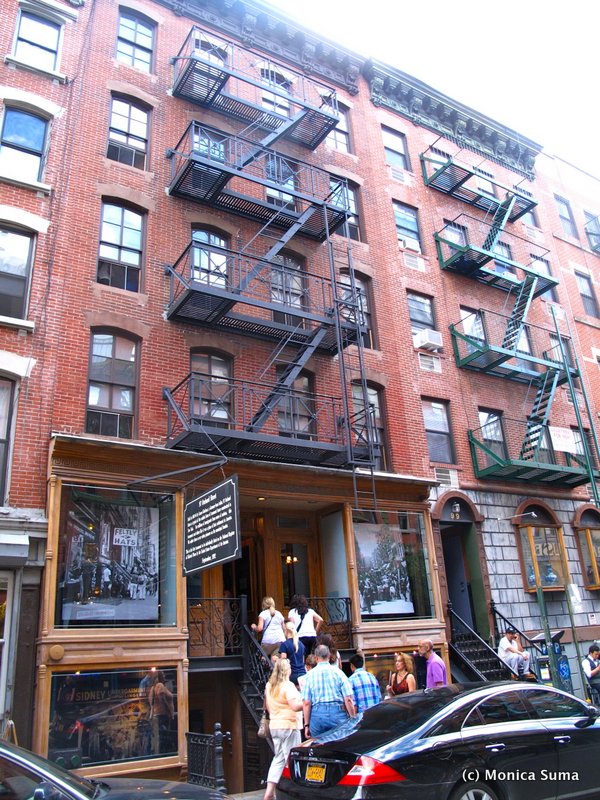
The only way to see the museum is through the guided tours. All tours start and end at 103 Orchard Street, however the museum itself is located at 97 Orchard Street. I chose to go on the Sweatshop Workers tour, which paid a visit to the Levine family’s garment workshop and the Rogarshevskys’ Sabbath table at the turn of the 20th century, when the Lower East Side was the most densely populated place in the world.
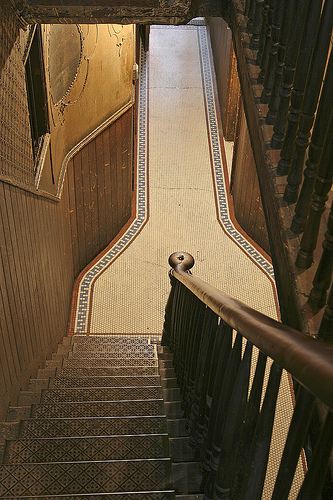
Going inside certainly felt like traveling back in time. My fascination for the 1920s always drives me to visit older homes, compelled by an immense curiosity towards that era; this time around it was different. The narrow, dark hallway, seemingly closing in on you as a diseased creature, followed by equally frail stairs was certainly not inviting.

The story how the museum came to be, started with its founders in the late 1980s looking for a suitable building to recreate the immigrant lifestyle of a hundred years prior. They fortuitously stumbled over 97 Orchard Street, which had been left in decay since the 1930s. Having been shut down for more than 50 years, the turn-of-the-century touches were as they had been left, along with rusting toilets, wooden bannisters and decades of wallpaper layers coming off; they had found the perfect spot.
Since the museum acquired the location, they’ve renovated six apartments, restoring them to what they were like back near the turn of the century through the 1930s.
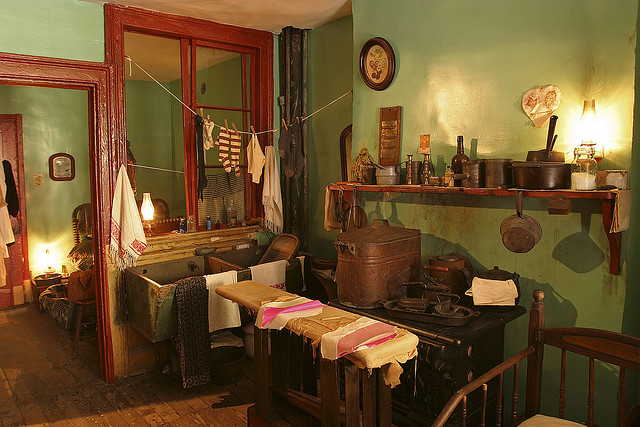
We headed to the third floor, where our tour guide showed us around the Levine’s apartment. The dwelling consisted of three small rooms – living room, kitchen and a small bedroom – which in today’s standards would only be considered as one room. It was very small and dark, but somehow it was to be expected.
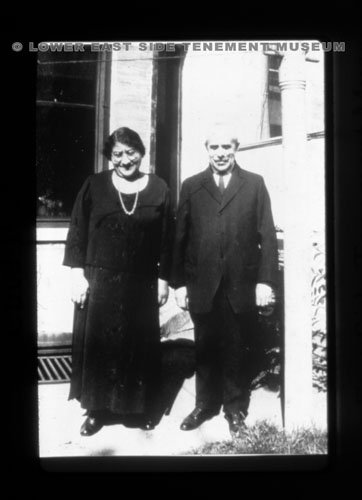
In 1890, Harris and Jennie Levine arrived on the Lower East Side from Poland. They had few skills and little money. They couldn’t really read or write and they didn’t speak English. Needing to support themselves and their five children, the Levines, like many other immigrants in the area, literally set up shop in their home: they converted their apartment at 97 Orchard Street into a garment shop.
Apart from the two Levine spouses and their five children, Harris also employed a few workers to help him sew dresses. Which is why it suddenly dawned on us – these three minuscule rooms housed about 10 people, six days a week. There was no running water – Jennie would have to carry buckets of water up three flights of stairs for as many times needed throughout the day – coal was used for ironing making it very hot and dusty; and lighting was not only very limited, but also extremely expensive. To say that their working and living conditions were not ideal is an understatement.
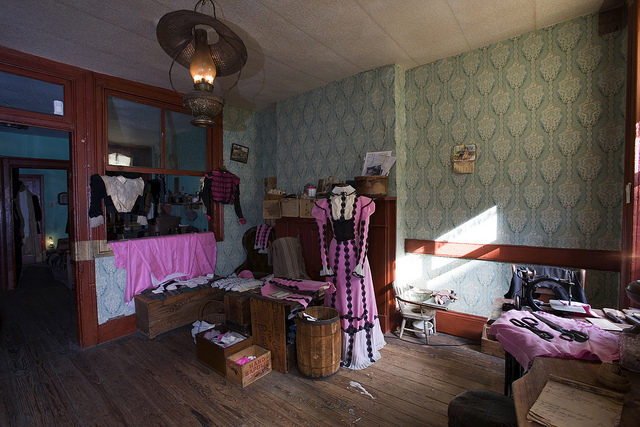
Harris made dresses for the Upper East Side ladies, which sold for $10. His family’s rent was $15 a month; so needless to say that Jennie didn’t have a new dress every season.
The Levines eventually left the tenement and moved to Brooklyn. With hard work and determination, they moved past their modest living and were eventually able to finally wear some of those fancy dresses they used to make.
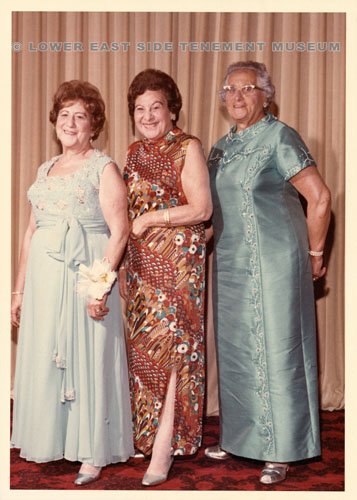
The Levines weren’t in any way the exception to the rule; most Jewish immigrants at the time were living in these inconceivable conditions, and so were their neighbors. The Rogarshevsky family, Jewish immigrants from Lithuania, lived at 97 Orchard Street from around 1910 until 1941, when Fanny Rogarshvsky (later changed to Rosenthal) left the building, the last tenant to live there. In fact, to this day there are countless people still living in tenements, as close as Chinatown or many other regions in the world. Nothing has really changed, apart from their children and grandchildren feeling immense gratitude towards their ancestors.
Touring the museum, it was hard not to think of my grandmother. Seeing the sewing machine in the Levine’s garment workshop reminded me of her own Singer sewing machine. Although she worked as an accountant, she took several jobs, including sewing to support her aging mother, and two young daughters (one of which is my mother). They lived first in Sibiu, after which they moved into medieval Sighisoara into an old house. By her mid 30s, she was a young divorcee supporting four people, including herself. She lived through the Second World War, the Soviet Occupation and the decades of communism following in Socialist Romania, all while incessantly working without complaint.
I am grateful for where I am today because of my grandmother’s sacrifices and I am grateful to the Tenement Museum for the reminder.
Note: Photography is not allowed inside the Tenement Museum. All of the pictures of the interior of the building are property of the Tenement Museum and can be seen on their Flickr photostream. The exterior photos are mine.
